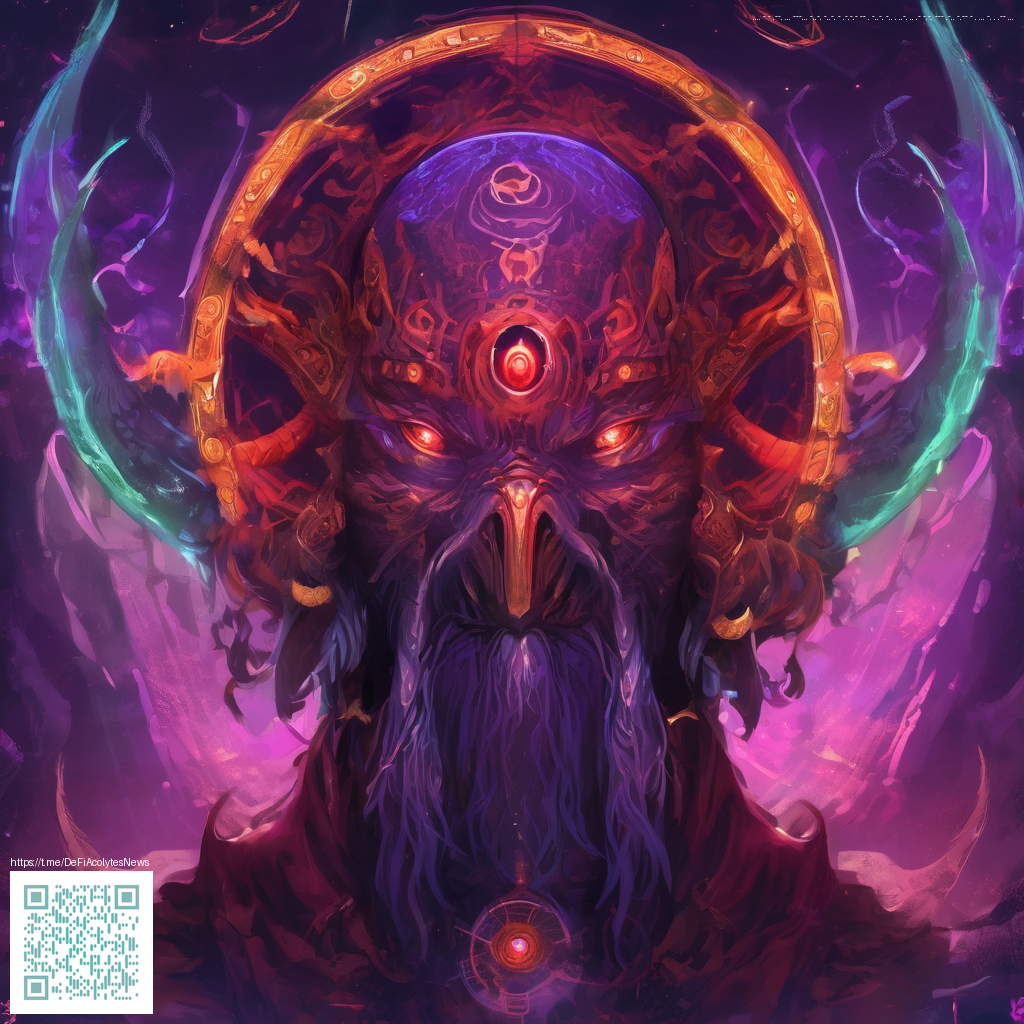
What makes the Bitcoin blockchain tick? A simple introduction
Bitcoin’s blockchain is best understood as a public ledger that records every confirmed transaction across a vast, distributed network. It isn’t stored in a single database controlled by one organization; instead, copies of the ledger exist on thousands of computers around the world. That decentralization is a core feature, enabling peer-to-peer value transfer without intermediaries and building trust through open, verifiable rules.
How it’s organized in practice
At a high level, the system records transactions in sequential units called blocks. Each block bundles a set of transactions, carries a timestamp, and contains a cryptographic link to the previous block. Miners—participants who dedicate computational power—race to assemble a valid block and prove work by solving a difficult puzzle. When a block is solved, it’s broadcast to the network, verified by other nodes, and appended to the chain. Over time, this process creates an immutable history of all transfers of value.
Key concepts you’ll hear about
- Blocks: bundles of transactions confirmed roughly every 10 minutes.
- Proof of Work: miners expend energy to discover a valid hash, securing the chain against tampering.
- Decentralization: no central authority; the network relies on shared rules and consensus.
- UTXO model: unspent transaction outputs define who controls coins next.
- Immutability: once a block with certain transactions sits deep enough in the chain, altering history becomes impractical.
“In a permissionless system, trust is embedded in the protocol and incentives, not in a single institution.”
For newcomers, a helpful mental model is to imagine a ledger that records which addresses hold which balances, with the added twist that anyone can verify the history without needing permission. The secret sauce lies in the combination of cryptography, incentive design, and a robust peer-to-peer network. Each new block depends on the one before it, which means the past becomes harder to change the more blocks pile on top.
As you explore the technology, you’ll notice practical considerations surface quickly. For example, if you’re setting up a study or hobby workstation, you might appreciate reliable gear that stays put during long sessions. This Gaming Rectangular Mouse Pad Ultra-Thin 1.58mm Rubber Base is designed to provide steady surface traction while you dive into reading, coding, or experimenting with blockchain software.
Why the Bitcoin blockchain matters
- Transparency without sacrificing the privacy of individual identities on a per-transaction basis.
- Resilience against censorship and single points of failure because the ledger is replicated across many nodes.
- A foundation for digital money, programmable transactions, and future decentralized applications—though Bitcoin itself focuses on secure value transfer.
For readers who want a broader view, a companion resource can offer deeper perspectives on how blockchain networks are governed and scaled. If you’d like to explore further, you can visit this page for additional context: https://z-donate.zero-static.xyz/2b1c6d2a.html.